A quick word on blocking ads

It looks like you are using an ad blocker. That's okay. Who doesn't? But without advertising revenue, we can't keep making this site awesome. Click the link below for instructions on disabling adblock.
Welcome to the Newschoolers forums! You may read the forums as a guest, however you must be a registered member to post. Register to become a member today!
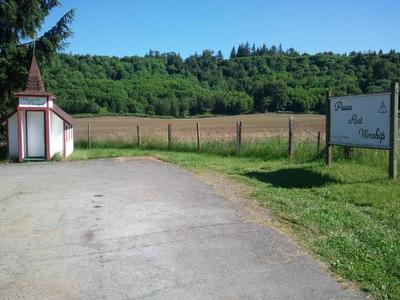
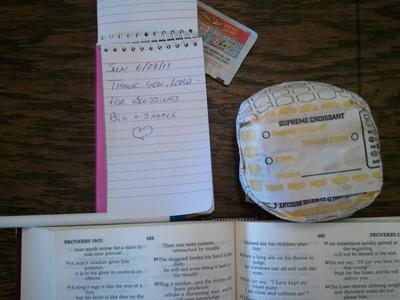
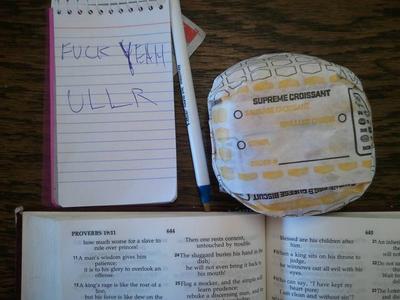

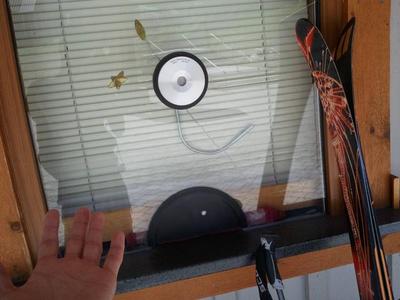
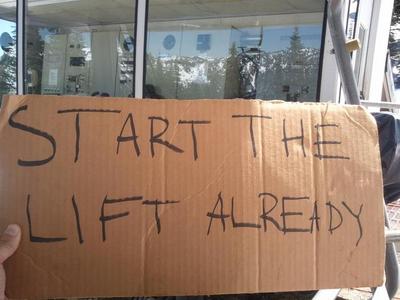
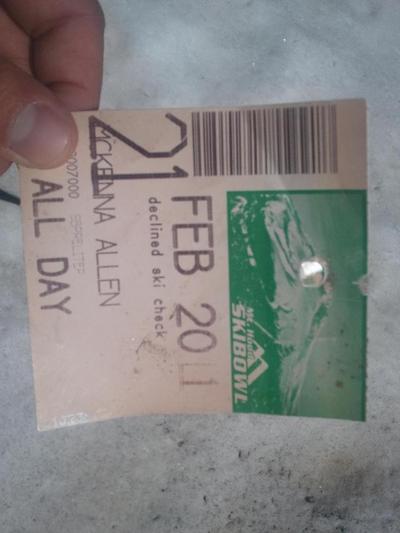
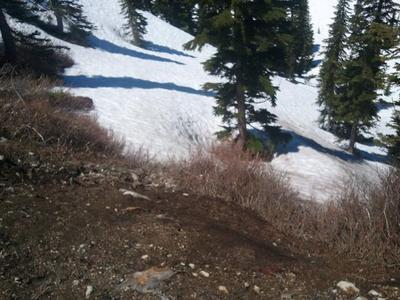
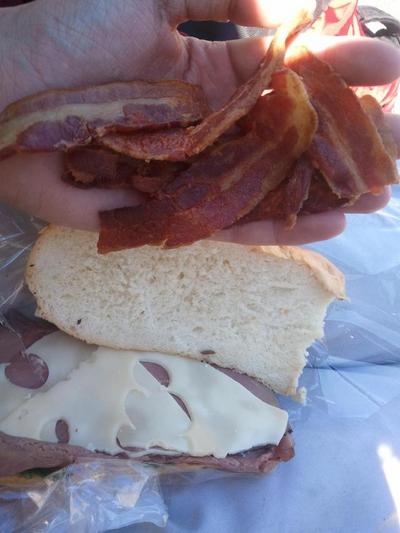
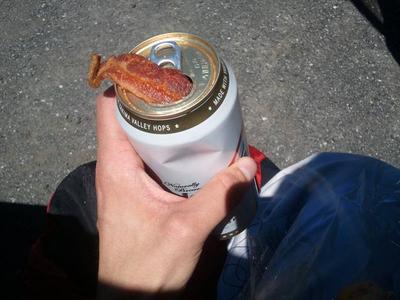
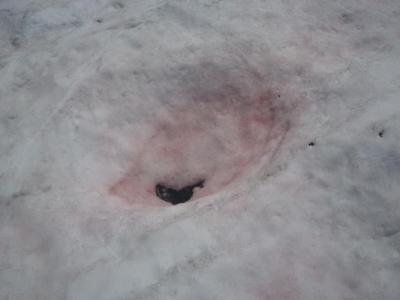
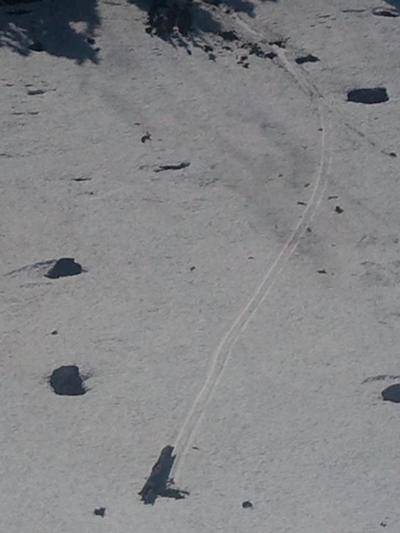
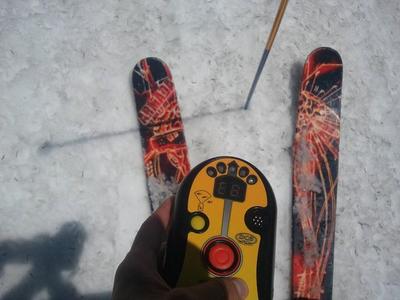
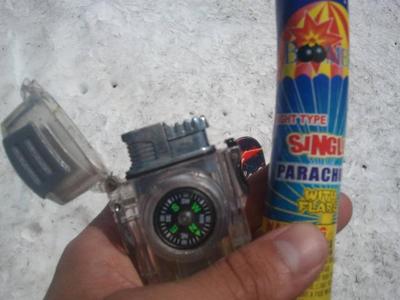
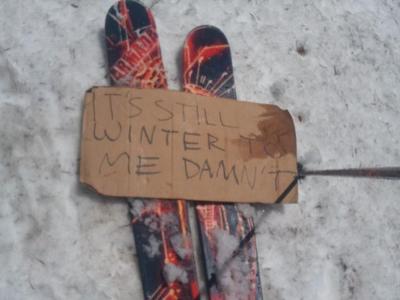
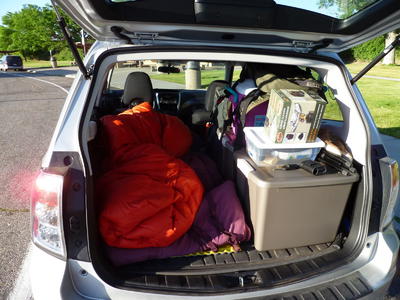
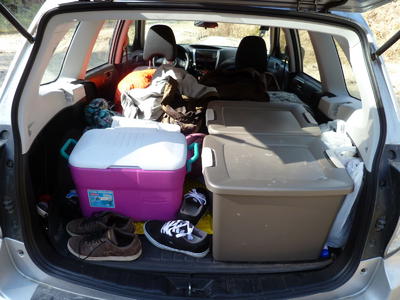
US Long Range Winter Weather Forecast 2011-2012
The coldest winter in 30 years was recorded across many parts of the US during the 2010-2011 winter. Eastern parts of the US plunged to a record -50F with the Northeast of the US also seeing records broken. Temperatures was also largely below normal averages for New York, Chicago, New Orleans, and Minneapolis. Snowstorms shattered New York City in December 2010 and January 2011 to become the snowiest January ever recorded.
So let’s turn to the US winter of 2011/2012.
La Niña cools the equatorial seas of the Pacific and was one of the strongest on record during 2010/2011. Less warm air rises during La Niña conditions with a cooling influence on the atmosphere that has big implications on global climate and global weather patterns. The changes in global weather patterns come from air pressure changes in atmospheric cycles called the North Atlantic Oscillation (NOA) and Arctic Oscillation (AO).
The latest National Oceanic and Atmospheric Administration (NOAA) update suggests neutral conditions ahead, but a negative Pacific Decadal Oscillation (PDO) may yet suggest otherwise. The PDO is a pattern of Pacific climate variance that recently switched to negative (cold) and will remain that way for the next two to three decades. It is likely that La Niña will return more frequently during this time period as a negative PDO results in stronger La Niña (cooling) and weaker El Niño (warming) episodes.
Low solar activity is also a primary driver of atmospheric cycles that influence blocking activity patterns/ridges.
Our weather models consider all of these factors and are currently showing a particularly harsh winter for many parts of the US during 2011-2012. Large parts of Central and North America will face below average temperatures with above average snowfall throughout this winter, with temperatures in many Eastern and Western parts also showing as below average with above average snowfall amounts.
We expect the Pacific Northwest region to experience a very severe winter and the Cascades snowpack is likely to see increased levels due to the negative (cold) phase of PDO. Our weather models are also showing an increased likelihood for major snow events in Northeastern and Midwestern parts of the US throughout December 2011 and January 2012, that could see severe blizzard conditions hit New York City and Chicago.
With low solar activity levels, the negative Pacific Decadal Oscillation (PDO), and the general trend for a much colder winter after the onset of last year’s La Niña, this winter could prove to be a record breaker with extremely cold temperatures and exceptional levels of snow for many parts of the US~